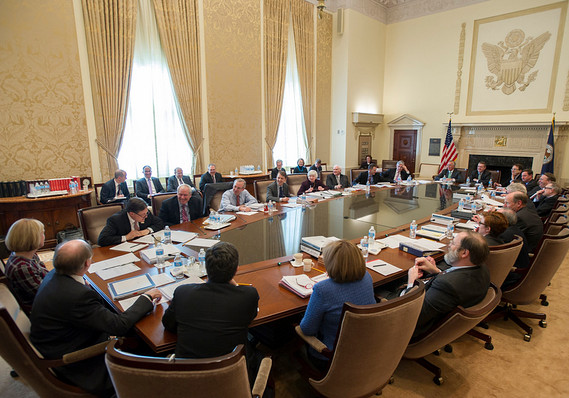International growth concerns and uncertainty surrounding the Fed’s decision as to when to finally start raising rates continued to roil markets in the 3rd quarter.

The Fed held interest rates steady during a critical meeting in September, signaling that it intended to raise rates towards the end of the year. The economy’s apparent return to normalcy will be tested when a rate hike does eventually take effect.
The Department of Labor released data for the 3rd quarter showing that there were improvements for low-income workers across the country, which tends to accelerate when the economy is close to full output. Historically, the Fed has considered full output to be a catalyst for rising rates in order to stem inflationary pressures driven by increasing wages. Consequently, employment data continues to weigh on the Fed’s decision to raise rates.
Markets reacted to mixed signals from the Fed regarding the timing of its anticipated interest rate hike while economic conditions were still questionable. The Bureau of Labor Statistics may have been contributing to the Fed’s uncertainty as it revised 2nd quarter GDP estimates to a growth rate of 3.9%, up from 3.7%. Such revisions signal a strengthening economy, thus swaying the Fed to a rate rise sooner rather than later. Many economists view a decisive rate increase, a confident attainment of some economic progress.
Many analysts believe that Federal Reserve members have become extremely sensitive to the occurrences in China and the emerging markets, which have been adversely affected by the dollar’s strength. Some propose that the Fed is trying to indirectly minimize the dollar’s strength by keeping interest rates from rising too soon.
Since a stronger dollar has historically been a negative factor for the emerging markets, developing countries such as Brazil and Mexico are taking restrictive actions in order to slow the decline in emerging market currencies. Brazil implemented sharp interest rate hikes in September while Mexico intervened to sell dollars in order to boost a record low peso. Traditionally, emerging market countries are inclined to raise interest rates in order to stem the decline of their currencies against the U.S. dollar.
It was 7 years ago this September that the financial crisis reached its most critical point when industry behemoths, including Lehman Brothers and Merrill Lynch, were acquired by other institutions.
Commerce Department data released identified construction as the strongest evolving sector of economic growth in September, with construction spending up over 13% for the past 12 months. Construction expenditures have been led by private sector nonresidential building, which includes manufacturing spending that is up considerably over the past year.
Reis, reported in its research that, office space throughout the country became scarcer as the vacancy rate fell to 16.5% in the 3rd quarter. Department of Labor data showing an increase in higher paying professional positions coincides with the increase in demand for office space.
Sources: Fed, Bloomberg, Dept. of Labor, Commerce Dept.
To Remember:
When things go wrong, don't go with them! - sign on a church


